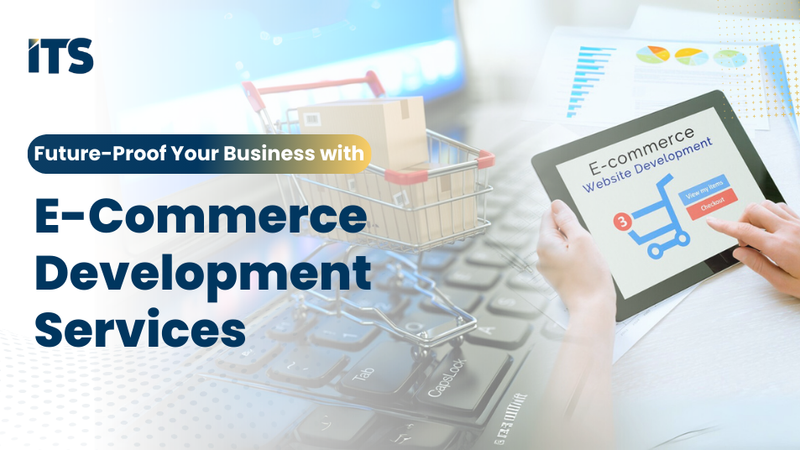In an era where shopping often starts on screens instead of in stores, e‑commerce development is no longer optional – it’s essential. Small and medium businesses that embrace online sales are tapping into a growing consumer habit that’s here to stay. In fact, forecasts predict that by 2027, one in every four sales will happen online, as global e‑commerce soars toward an estimated $7.9 trillion in value. If your business isn’t selling on the web yet, or your current online store needs a facelift, now is the time to future‑proof your operations with robust e‑commerce solutions.
Why E‑Commerce, Why Now?
Consumer behavior has shifted dramatically in recent years. Customers love the convenience of browsing and buying anytime, anywhere – whether it’s midnight on their phone or a quick lunchtime purchase on a laptop. For businesses, this 24/7 open storefront means you can generate revenue even when your physical shop is closed. Moreover, e‑commerce expands your reach beyond your neighborhood. A local boutique can attract customers from across the country with a well‑designed online store. The third quarter of 2023 showed that over 15% of all retail sales were via e‑commerce, and that share is climbing each year.
Key Benefits of a Strong E‑Commerce Presence:
•Extended Market Reach: With an online store, geographic barriers crumble. You’re not limited to foot traffic or local word‑of‑mouth. Instead, your products or services are discoverable by anyone with an internet connection. This could mean new customers in the next town over or even internationally. Greater reach often translates to increased sales opportunities.
•Lower Operating Costs: Running an online store can be more cost‑effective than a brick‑and‑mortar operation. There’s no rent for a physical storefront (or it’s reduced, if you maintain a small showroom), and you can optimize staffing since much of the process can be automated. You may invest in e‑commerce platforms and digital marketing, but these often cost less than traditional retail overheads.
•Data‑Driven Insights: One often overlooked advantage – analytics. E‑commerce platforms provide a wealth of data on customer behavior: what pages they visit, what products are popular, where customers abandon their carts, etc. These insights are gold. They allow you to refine your offerings, optimize pricing, and improve user experience continually. It’s like having a focus group for your business running non‑stop.
•Customer Convenience and Loyalty: Today’s customers expect convenience. Offering online shopping – with features like easy search, customer reviews, and fast checkout – enhances the overall customer experience. Happy customers come back and often bring others with them (through online reviews or social media sharing). Plus, you can integrate loyalty programs or personalized recommendations in an e‑commerce system more seamlessly than in-store.
Choosing the Right E‑Commerce Solution: To reap these benefits, you need an e‑commerce setup that fits your business. Consider a platform that matches your technical comfort level and scale. Some small businesses thrive with user‑friendly builders like Shopify or WooCommerce, while others with specific needs might opt for a custom e‑commerce website. Key features to look for include mobile responsiveness (since a huge chunk of shoppers buy via mobile), secure payment processing, inventory management, and the ability to handle promotions/discount codes.
•Tip: Don’t overlook e‑commerce security. Ensure your site has HTTPS encryption and that you follow best practices to protect customer data. Trust is critical online; a secure site builds trust and credibility.
Staying Competitive: Many SMEs jumped into e‑commerce during the pandemic out of necessity. Now, it’s about refinement and differentiation. Simply having a web store isn’t enough; you want it to stand out. Invest in good product photography, write compelling product descriptions, and consider features like live chat support to replicate in‑store customer service. Additionally, explore omnichannel approaches: for example, integrating online and offline by offering in‑store pickup for online orders, or showcasing your online catalog via social media shopping features.
Conclusion: Embracing e‑commerce development services is about future‑proofing your business in a digital age. The trend lines are clear – online shopping will only grow. By building a strong, user‑friendly e‑commerce presence now, you set your SME up to capture a slice of that expanding pie. Whether you’re starting from scratch or upgrading your existing online store, focus on the customer experience and leverage the data at your fingertips. In doing so, you’ll not only keep pace with consumer expectations but also position your business for sustainable growth in the years ahead.
